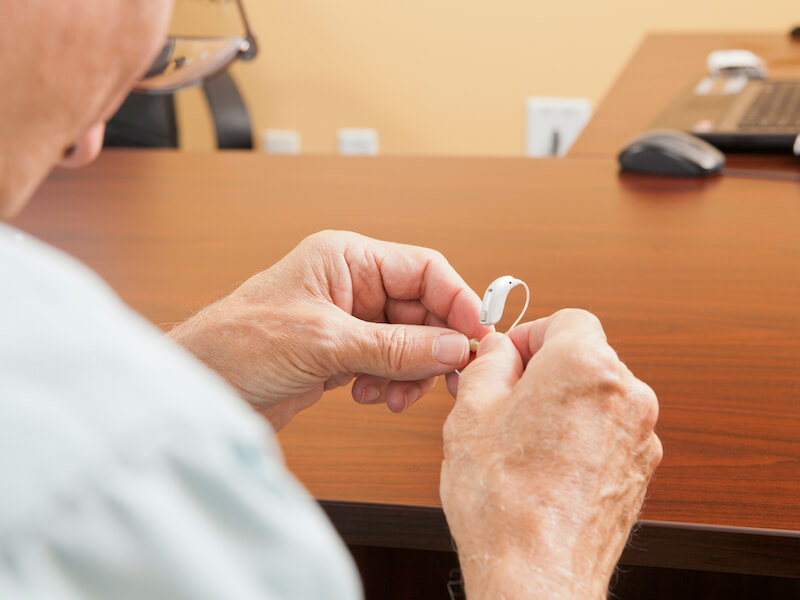
You go out of your way to ensure your hearing aids are well taken care of. Cleaning them every day, you make sure they’re safe and snug on their charger when you go to sleep.
But you get pretty discouraged when your hearing aids abruptly stop working the way they did once. Fortunately, there are a few measures you can take to troubleshoot the issue. Not doing any more damage is your number one priority so you won’t have to replace them.
Hearing aid troubleshooting
Of course, when you first got your nice new hearing aids, you made a point of putting the owner’s manual in a safe place. Hopefully, you did so that you can check with your owner’s manual to perform maintenance and troubleshooting. Using your owner’s manual is essential because every model of hearing aid is different.
On most models there are some other things you can check, here are a few:
- Keep your microphone clear: Check for anything blocking the microphone of your hearing aid. Your hearing aid may feedback or simply fail to work if the microphone is blocked.
- Check your battery: Even if you know your hearing aids charged all night, you’ll want to double-check the battery power. It might be a good plan to check if you may need new batteries or if the old ones are properly inserted, particularly if your batteries are replaceable.
- Look for visible damage: Do you observe any visible cracks or loose components around the shell of your hearing aid? If you find cracks, it could suggest that moisture is getting in and there could be more significant damage.
- Wax buildup: Perform a visual check of your hearing aid to ensure that there is no wax buildup interfering with basic operation. Wax can build up quickly even if you clean your hearing aids frequently so make it a point to double check.
Again, check with your owner’s manual on how you should address each of these issues. Self-maintenance is sometimes possible.
How can I tell when my hearing aid requires repair?
Your hearing aid will probably have to be repaired professionally if you do routine maintenance and it still malfunctions. That may not always sound desirable, after all, you rely on your hearing aid for daily communication (along with dinners with your family, staying up to date with your favorite Netflix series, and so on).
You won’t automatically be without your hearing aid for lengthy periods of time just because it needs to be serviced. Sometimes, we can fix it in office and you can take it with you when you leave.
Or, you’ll be able to bring your hearing aids in for professional help and get them back in a matter of a few hours (this, of course, depends on the degree of the damage, all the more reason to bring your devices in for repair as soon as possible).
But rapid repair won’t be possible in every case. And in those situations, you may find yourself in need of a backup pair of hearing aids. So if you have an old pair lying around, ask whether they will serve on a temporary basis. We might even be able to loan you a pair while you are waiting.
Don’t wait to get help with your hearing aids
It’s essential to have your hearing aid checked and repaired if you begin to notice the audio quality is starting to fail.
Any degree of downtime needs to be prevented. Neglected hearing loss can impact your general health, including your mental health. And it becomes all too easy to leave your hearing aids laying in a drawer somewhere while your hearing continues to deteriorate.
Keeping those hearing aids in good working order is the key to keeping your hearing healthy. And the ideal way to do that is to keep them clean, keep them charged, and, when needed, take your hearing aids to get some professional repair.